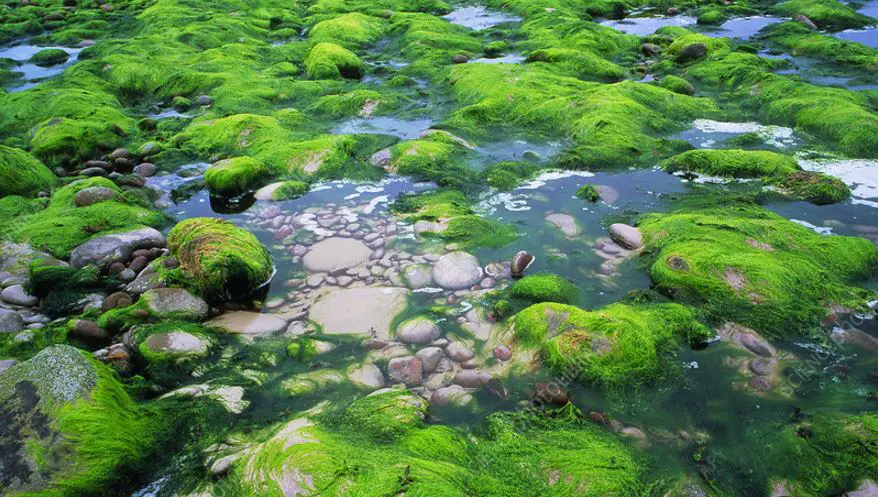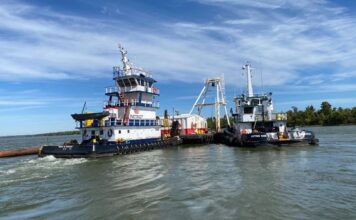Is carbon capture too expensive? British startup Brilliant Planet proposes a new solution. As long as a super-large industrial microalgae breeding farm is built on the coast of the desert, the powerful carbon capture capacity of algae can be used to capture carbon on a large scale at one-tenth of the cost.
In order to alleviate the problem of climate change caused by global warming, countries have proposed energy saving and carbon reduction and net zero carbon emission measures, but it may not be enough. It is also necessary to reduce the carbon dioxide content in the atmosphere, which requires efficiency, feasibility, cost-effectiveness ratio Higher carbon capture methods.
The carbon capture and sequestration model proposed by the British start-up Brilliant Planet claims to meet all the above conditions, and the scale can also be expanded to capture billions of tons of carbon dioxide every year, and the energy demand is almost negligible. As for how cheap? Prices are expected to fall between $50 and $100 per ton, which is cheaper than the $600 to $1,000 per ton offered by Climeworks, a well-known Swiss carbon capture company.
The team’s approach is to take advantage of the carbon-capturing capabilities of algae, which, as Brilliant Planet CEO Adam Taylor puts it, are essentially a more efficient carbon-capturing biological machine than trees or plants, with all surface area functions being used for photosynthesis, and neither. Resources are wasted making trunks, roots or branches, and more importantly, under the right conditions, algae grow and multiply very quickly.

The Start-up Company’s plan and feasibility
According to the team’s plan, initially finding an open space in the offshore desert to dig a large pond, introducing the cold and nutrient-rich “upwelling” seawater 2~3 kilometers offshore, and then selecting the most suitable algae samples for carbon capture locally and filling four 12,000-square-meter ponds and multiplying them.
The company said that the team’s technology is sufficient to create and maintain optimal conditions for algal blooms, including sensors, daily satellite imagery, weather information, and monitoring settings such as simulated cell biology and upwelling software. Breed, then use artificial intelligence to enhance operations to increase productivity.
Finally, the algae can be captured with a fine mesh filter. After drying, these salty and carbonaceous biomass can be buried 1 to 4 meters in the desert ground, and the remaining non-acid and nutrient-free seawater will also be sent back to the ocean. .
The company has identified a total of 500,000 square kilometers of suitable land, with an estimated potential of approximately 2 billion tons of carbon capture and storage per year, which could offset more than 5.5% of human annual global carbon dioxide emissions.
Talyor said that the company has successfully tested in Oman, South Africa, and has also been testing a 3-hectare plant in Morocco for more than three years. It has also recently received $12 million in Series A financing and is preparing to build a 30-hectare demonstration facility, which is planned for 2023. Construction has started, and later plans to build the first commercial plant, covering an area of about 1,000 hectares and reducing carbon dioxide by about 40,000 tons per year.




